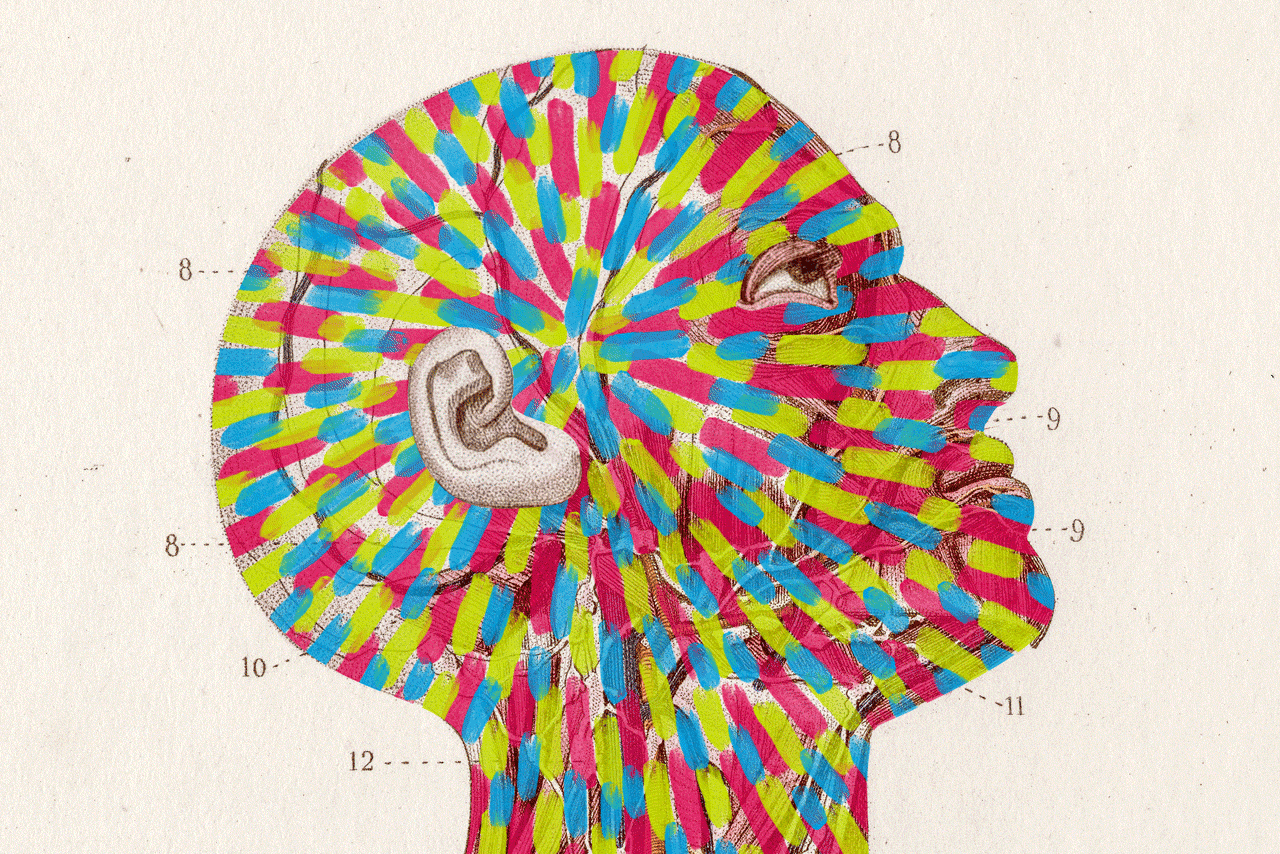Don’t Try to Surf a Tsunami
The city of Malibu has a message for its residents: When a big quake hits, don’t wax up the surfboard and head to the beach.
City Hall is beginning to distribute tsunami-warning brochures across Malibu that are tailor-made for the surfing paradise.
“Never go to the beach to watch for, or to surf, a tsunami wave!” the guide states in bold letters.
” ... Because they are not like regular waves, they are impossible to surf. They are much faster, higher and can come on-shore filled with debris.”
Officials advise people to watch for other signs of a possible tsunami, including the receding of ocean waters, “creating a vast expanse of exposed beach.”
Malibu emergency preparedness Director Brad Davis said some of the tips may seem painfully obvious, but it’s always better to be safe than sorry.
“You can’t overestimate the intelligence of people out there,” Davis said. “Some people still might see it as a gigantic wave and think, ‘This is going to be the ride of my life.’ ”
Along Pacific Coast Highway, some Malibu residents were left rolling their eyes at the warning.
“I’m speechless,” said Candace Brown, a surfer and co-owner of Zuma Jay’s, a landmark surf shop in Malibu. “I think the last thing people will think about if they feel an earthquake is surfing.... It sounds really lame to me.”
But others believe that in the wake of the Indian Ocean tsunami last December, the city is being prudent in getting the message out.
Jeff Kramer, a surfer, lawyer and former Malibu mayor, said he thought warning people to clear beach areas in case of a big quake seemed like a good idea. But he said that despite their reputation for taking risks, surfers might be the last people to try to tangle with a tsunami.
“I think surfers, more than most people, understand the power of the ocean,” he said. “I don’t think they’re going to go out there and try to surf a tsunami. That strikes me as somewhat silly advice.”
But Malibu officials may have some history on their side.
In 1994, a tsunami warning in Hawaii drew more than 400 surfers to the North Shore of Oahu.
“Fortunately, that turned out to not be a huge, deadly, destructive tsunami. If it had been, there would have been over 400 deaths,” an oceanography professor told a local paper at the time.
Last year the state distributed a DVD to 100 surf shops in Hawaii explaining the dangers of trying to ride a tsunami. Besides the risk of death, there are other reasons not to surf a tsunami. For one, according to a surfing website, “a tsunami does not curl.”
In the Gulf Coast, people have headed to the beach to witness hurricanes making landfall, Davis said. And after a magnitude 7.2 earthquake struck off the Northern California coast in June, there were reports that some people had gone to the beach.
“With a lot of natural occurrences, sometimes people get curious, and we want to discourage people from heading toward a disaster,” said Jeff Terry, chairman of the Los Angeles County Operational Area Tsunami Planning Task Force.
Earthquakes below the ocean can cause an elevation in the sea floor that raises ocean waters and could send a wall of water moving toward land at great speed. The December tsunami occurred after an 8.7 magnitude quake below the Indian Ocean off the coast of Sumatra in Indonesia, killing more than 200,000 people in 12 countries.
The Malibu brochure urges residents to immediately head to higher ground in the event of a big quake. People should follow evacuation notices and pay attention to radio and TV for information on when it is safe to return.
The state is completing a mapping of coastal areas in order to help coordinate different cities’ response to potential tsunamis, Terry said.
Davis said Malibu has wanted to put out a detailed brochure for years, but was awaiting the mapping of the city.
“The map is still not complete for this area, so rather than wait any longer, we decided to go with some basic information for the public,” Davis said.
Signs along roads at elevations of 90 feet or more would direct people to tsunami “safe areas,” according to the brochure. Places such as Bluffs Park, Point Dume or along canyon roads are places to evacuate to, Davis said.
But would anyone really think of surfing a tsunami?
You just never know, Davis said.
“You need to make all the statements you can, even the ones you think are pretty obvious to people,” he said. “Because what seems obvious is not always obvious to everyone.”
More to Read
Start your day right
Sign up for Essential California for news, features and recommendations from the L.A. Times and beyond in your inbox six days a week.
You may occasionally receive promotional content from the Los Angeles Times.







